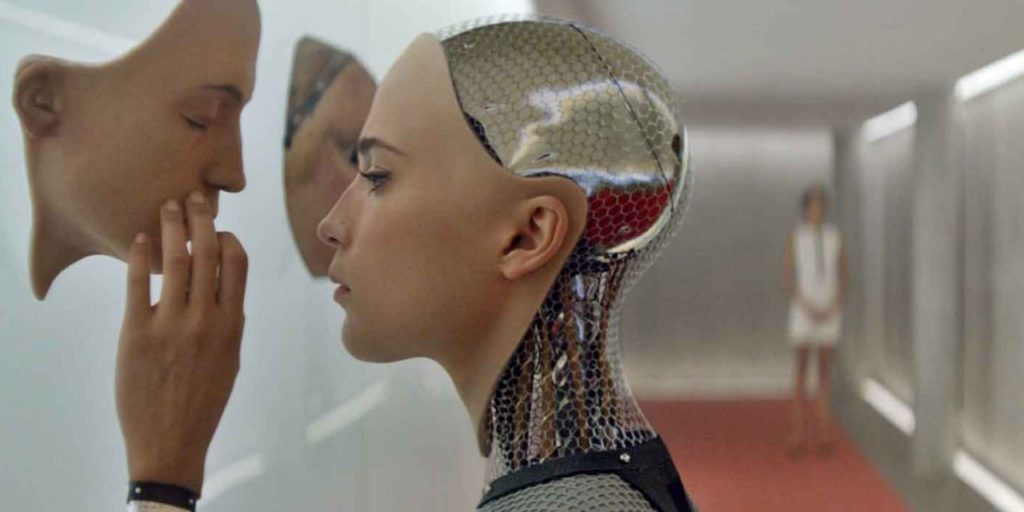
“Substitute feelings of insecurity with the excitement of skill acquisition.”
Tom Bilyeu (Growth Mind-Set Expert).
According to Dweck there are two kinds of people, those with a ‘growth mind-set’ and those with a ‘fixed mind-set’. The former is underpinned by the belief that your abilities are fixed by your upbringing, genetics or intelligence.
In a ‘growth mind-set’ people believe that their most basic abilities can be developed through dedication and hard work, brains and talent are just the starting point.
“This view creates a love of learning and a resilience that is essential for great accomplishment” writes Dweck.
Our belief at Human-ByDesign is that ‘results in organisations flow through people’.
When we apply the principles of ‘Growth Mind-Set’ to organisational culture and to support our employees stretch their cognitive skills and emotional intelligence to new horizons, this in turn supports the organisation to turn ‘crisis’ into an ‘opportunity’ and thus stretch beyond its current capabilities to adapt, innovate and grow.
When we juxtapose Dr. Dweck’s Research with Dr. Dan Harrisons 30 years of research on enjoyment performance theory, we can see that cultivating a growth mind-set as part of organisational culture is not as straight forward as we might initially think.
According to Dr. Dan Harrison’s research into human potential, studies found that:
“Employees who are 75% or more aligned with tasks of the job that they find intrinsically rewarding, tend to be three times more productive in their role than those who are not fulfilled by their job”.
His central thesis is human beings are designed to enjoy their work.
Even when there is career progression in the organisation with ample opportunity for growth offered by the company, his research found that it is human nature is to feel restless and seek to move on when we don’t experience ‘job satisfaction’. This, by the way, has serious implications for Remote Working.
The research on this suggests there is a balance to be struck between creating environments which push our employees to stretch and grow (growth mind-set) and being mindful to align our employees with work that allows them to be their authentic-self and engage in work they are passionate about and find ‘intrinsically’ rewarding (enjoyment performance theory).
By aligning individuals with work that will simultaneously stretch them, while at the same time engage and energise them, only then will employers be able to tap into a much larger reservoir of creativity, energy and productivity from their employees.
In the case of Remote Working, for example, failing to align employees with work that they are intrinsically motivated to do (without supervision), may over the long term lead to burnout and a performance management nightmare for line managers!
Here at Human-ByDesign we are interested in supporting employers to harness the natural laws of human nature and science to support their employees move beyond current challenges, develop a growth mind-set and working practices that are effective.
So, what does it mean to have a Growth Mind-Set?
In our research to date, one of the major challenges we found is that it is really difficult to determine whether someone has a growth mind-set or not.
This is key, because:
“You can’t improve what you can’t measure.”
Drucker (Management Guru).
How do you know if your employees’ have a ‘Growth-Mindset’ or not,
How do you measure Growth Mind-Set?
You can get a really strong indication of growth mind-set by examining three areas:
- Results: the actual consistent results the employee achieves, measured against (KPI’s).
- Skills: Learning to acquire and apply a skill that has utility. High level of technical competence, skill-set or expertise.
- Behaviour: Do they score between 75% or above on Growth Mind-set behavioural traits, that are critical for success, i.e. If they don’t have these traits they are unlikley to have a growth mind-set).
One strong indicator of a growth mindset is the consistent results the individual or team achieves and that requires the right type of attitude or behaviour consistently applied.
So, what are ‘Growth Mind-set’ Behaviours, what do they look like and how can we measure them?
Dr. Dan Harrisons’ work on measuring behavioural DNA goes a long way towards helping us get a lens into this. See sample growth mind-set behavioural traits here.
Let’s take a closer look at one of the typical growth mind-set behavioural traits:
‘Being Persistent’.
“The tendency to be tenacious towards ones goals despite encountering significant obstacles.” (Dr. Dan Harrisson).
Let’s imagine we have an employee that scores a 2 out of 10 on the behaviour
‘Being Persistent’.
This is not a positive indicator of growth-mindset, but at least now we have uncovered a behaviour which may be de-railing their efforts and we can start to put in place a development plan for the individual to develop that specific behavioural muscle.
Without proper diagnosis and visibility as to the behaviours that are strong and those that are weak, we lack insight and can default into ‘guessing’.
Since subjective opinion is limited to perception, then our ‘opinion’ of the employee is not always a valid or reliable measure in and of itself.
Foundational to supporting our employees develop a ‘growth mind-set’ is to identify and measure the specific behaviours the individual has that support growth mind-set and those behaviours that are likely to sabotage or de-rail their efforts.
“The gap between where you want to go and where you are now is a gap in skill.” H-BD.
Transitioning to a brave new world of work will involve not only developing the skill-sets necessary to adapt, grow and evolve, but will also require us to purposefully cultivate a growth mind-set in our organisational culture, our leaders and our employees.
Here at Human-ByDesign, we offer programmes to help your line-managers embed and develop a growth mind-set culture as part of our career transitioning and succession planning programmes:
In conclusion, I’ll end with a famous quote from the esteemed Dweck herself:
“In growth mind-set challenges are exciting rather than threatening so rather than thinking oh, I’m going to reveal my weakness, you say: Wow, here’s a chance to grow.”

